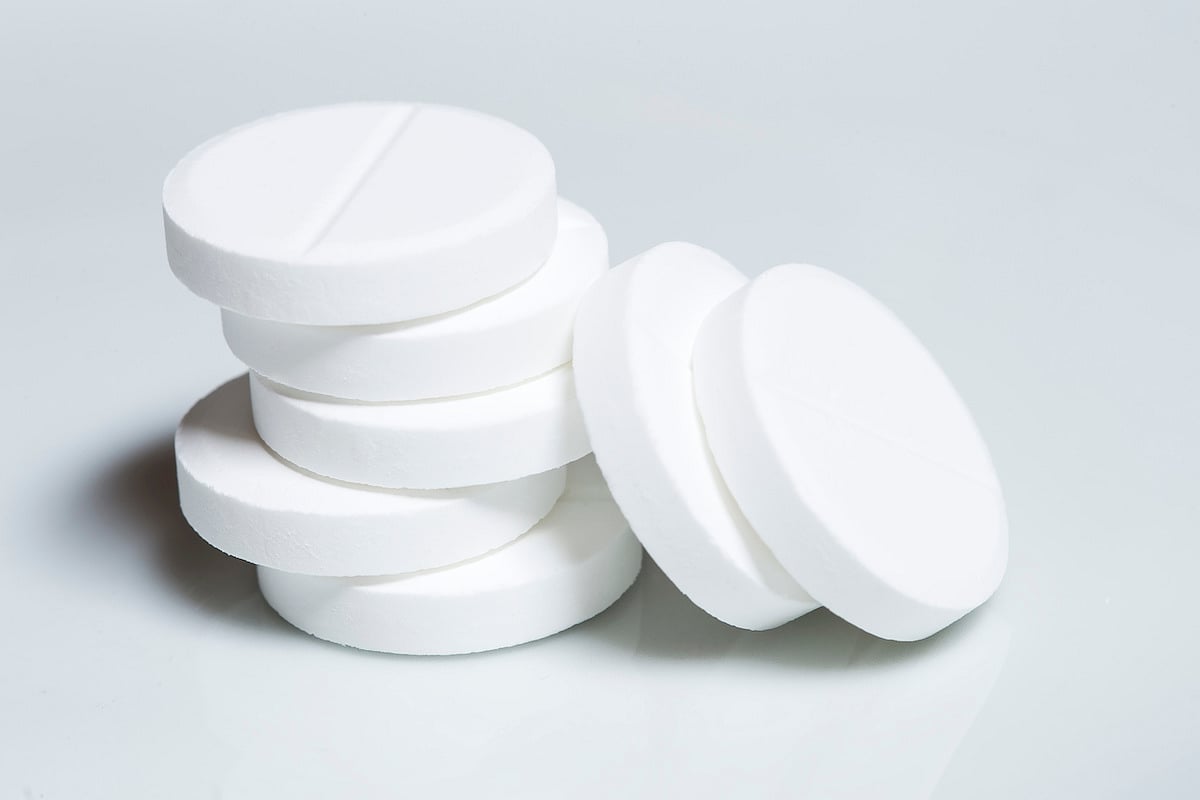Photo Credit: Chalie Chulapornsiri
The following is a summary of “CXCL9 and IL-18: potential biomarkers for efficacy evaluation in refractory hemophagocytic lymphohistiocytosis treated with RED (ruxolitinib, emapalumab and dexamethasone),” published in the April 2025 issue of Annals of Hematology by Lan et al.
Hemophagocytic lymphohistiocytosis (HLH) is a life-threatening inflammatory disorder with high treatment failure rates. No standard second-line therapy exists for refractory cases.
Researchers conducted a retrospective study to evaluate the RED regimen in refractory HLH, where over 30% fail frontline and salvage therapies.
They retrospectively analyzed the efficacy and safety of the RED regimen (ruxolitinib, emapalumab, and dexamethasone) in 15 patients with refractory HLH who had failed at least 2 previous salvage therapies.
The results showed 8 (53.3%) patients achieved partial remission, with 4 proceeding to hematopoietic stem cell transplantation (HSCT). Pre-RED CXCL9 and IL-18 levels were higher in responders. In 8 partial-remission patients, hemoglobin, fibrinogen, AST, calcium, and C-X-C motif chemokine 9 (CXCL9) and interleukin-18 (IL-18) levels tracked early responses (1–2 weeks). No grade 3 or higher adverse effects (AEs) were reported.
Investigators supported the possibility that RED served as an effective and relatively safe salvage therapy for refractory HLH, despite the small sample size.
Source: link.springer.com/article/10.1007/s00277-025-06336-8














Create Post
Twitter/X Preview
Logout